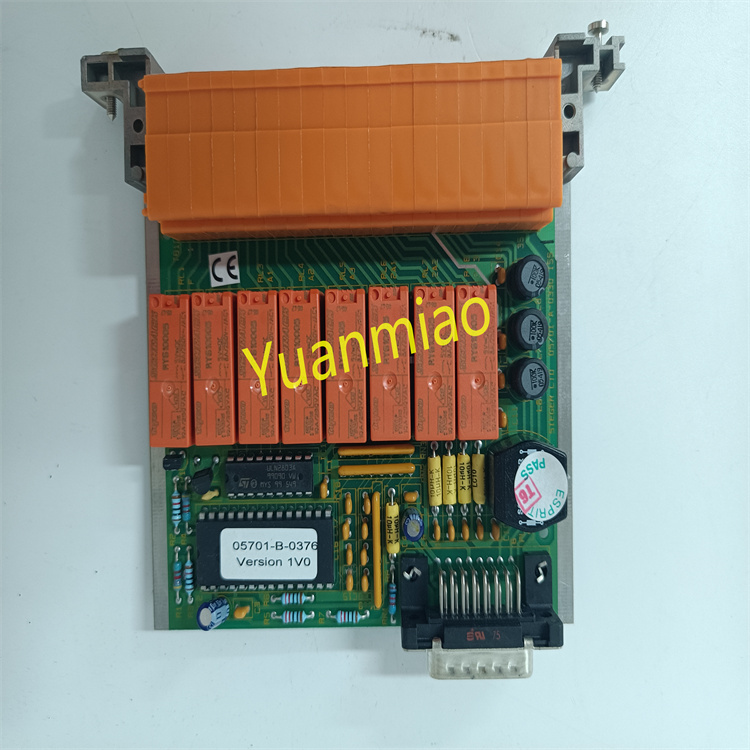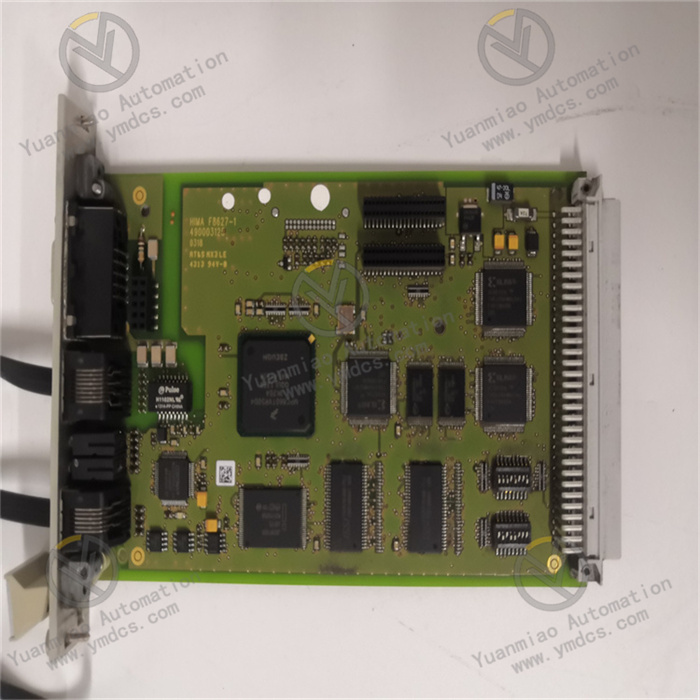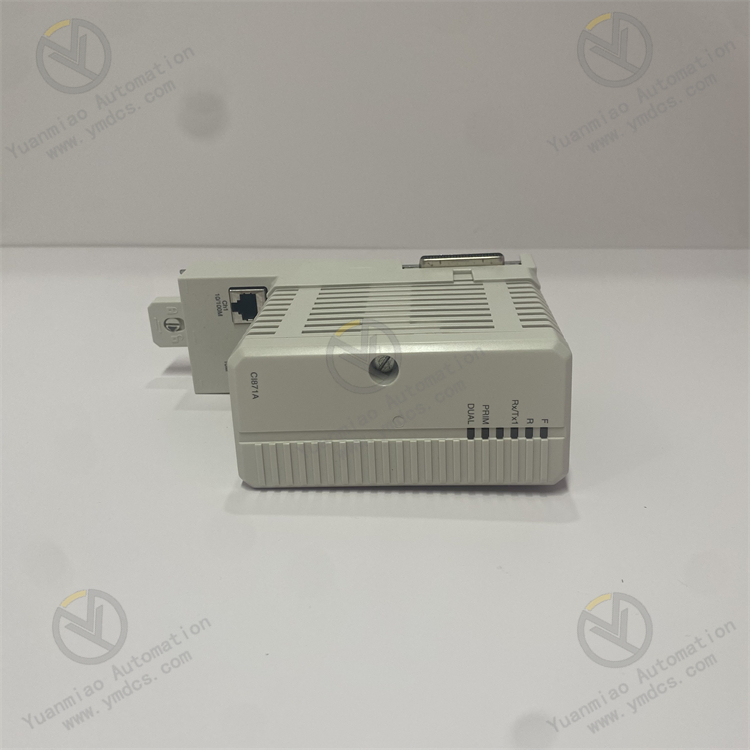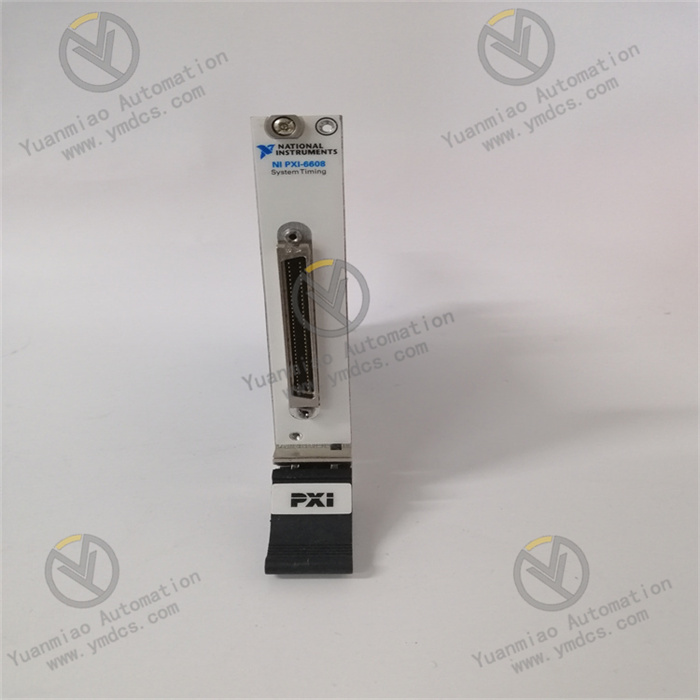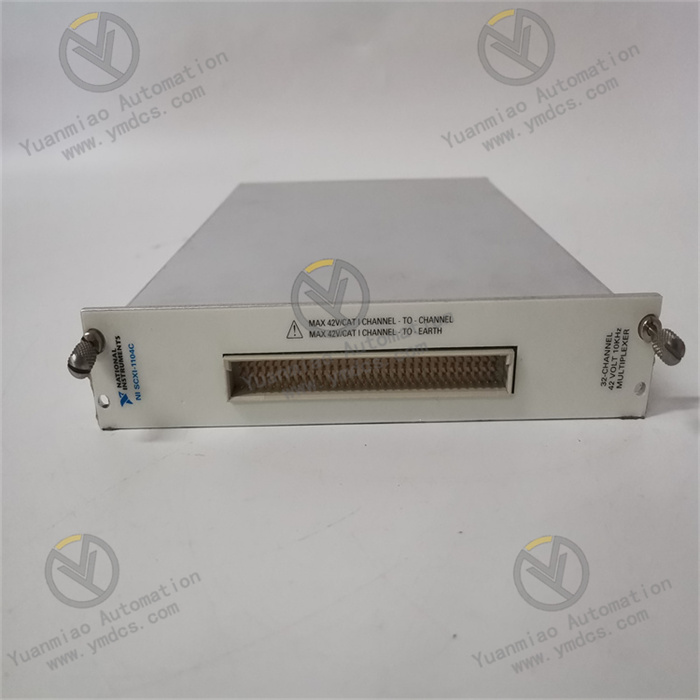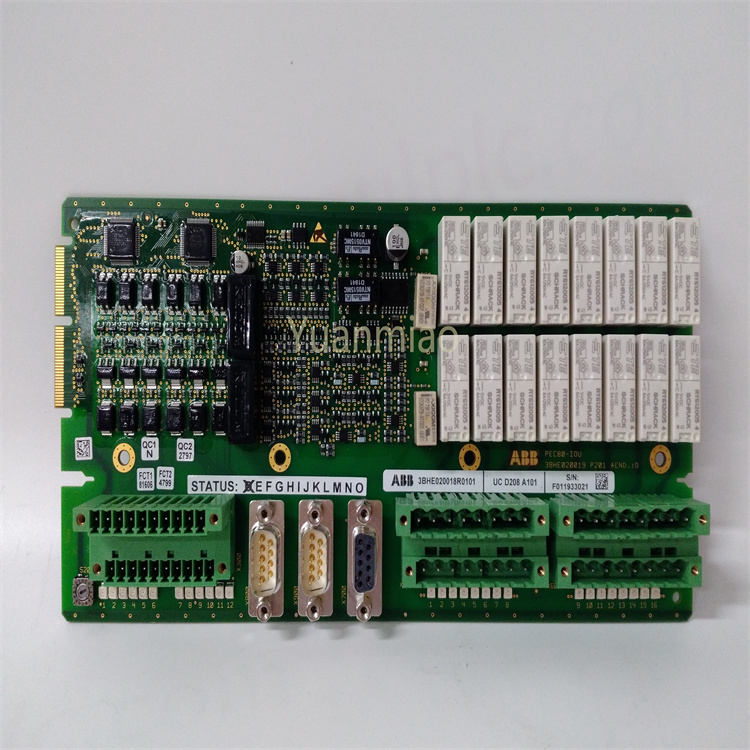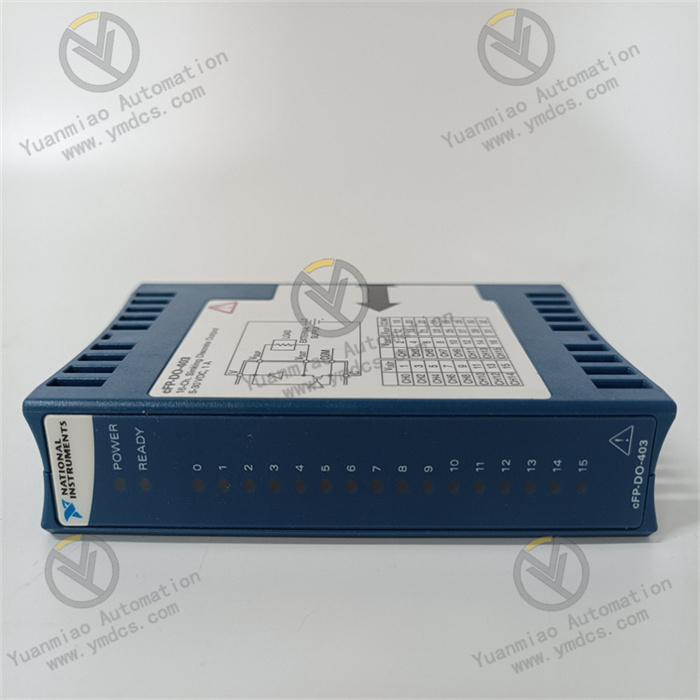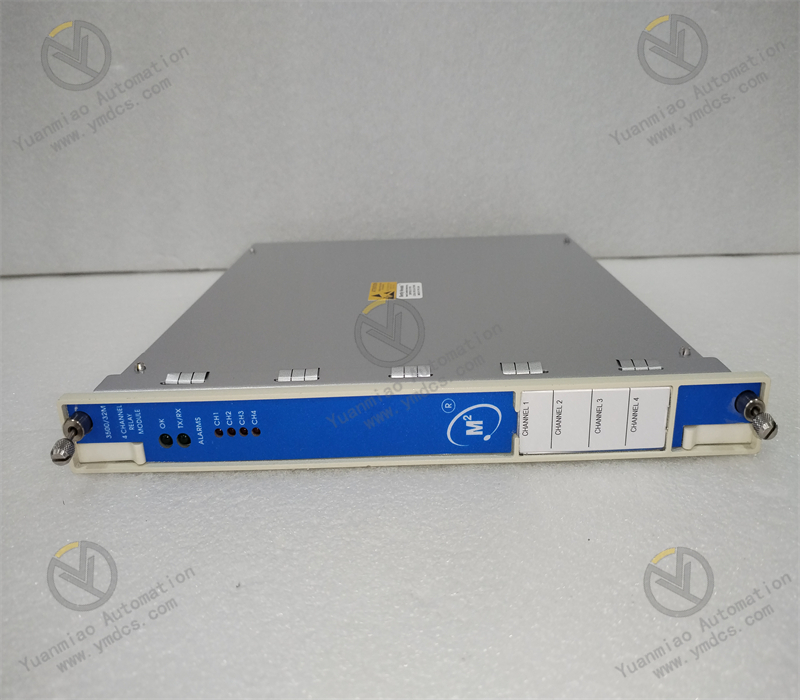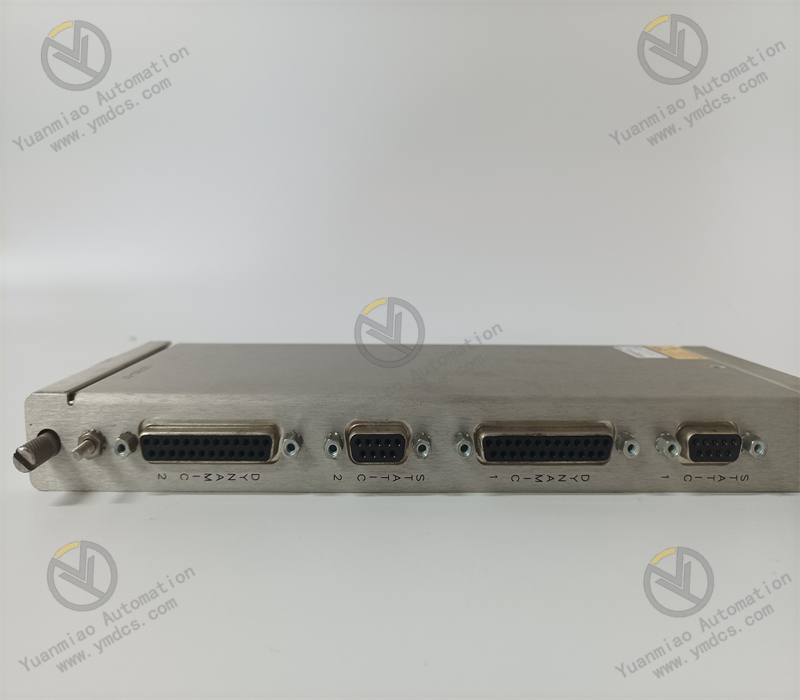Description
GE Multilin UR9EH
I. Overview
GE Multilin UR9EH is a high-performance product in the GE Multilin UR series of universal relays. It is specially developed for the protection, monitoring, and control of various key equipment in power systems. It embodies GE's advanced technological achievements in the field of power automation, featuring powerful functions and excellent reliability. It can provide comprehensive and precise protection and monitoring for power equipment such as generators, transformers, and transmission lines, and is widely used in multiple fields including power generation, transmission, distribution, and industrial power systems, meeting the high requirements for the safe and stable operation of equipment in complex power environments.
GE Multilin UR9EH is a high-performance product in the GE Multilin UR series of universal relays. It is specially developed for the protection, monitoring, and control of various key equipment in power systems. It embodies GE's advanced technological achievements in the field of power automation, featuring powerful functions and excellent reliability. It can provide comprehensive and precise protection and monitoring for power equipment such as generators, transformers, and transmission lines, and is widely used in multiple fields including power generation, transmission, distribution, and industrial power systems, meeting the high requirements for the safe and stable operation of equipment in complex power environments.
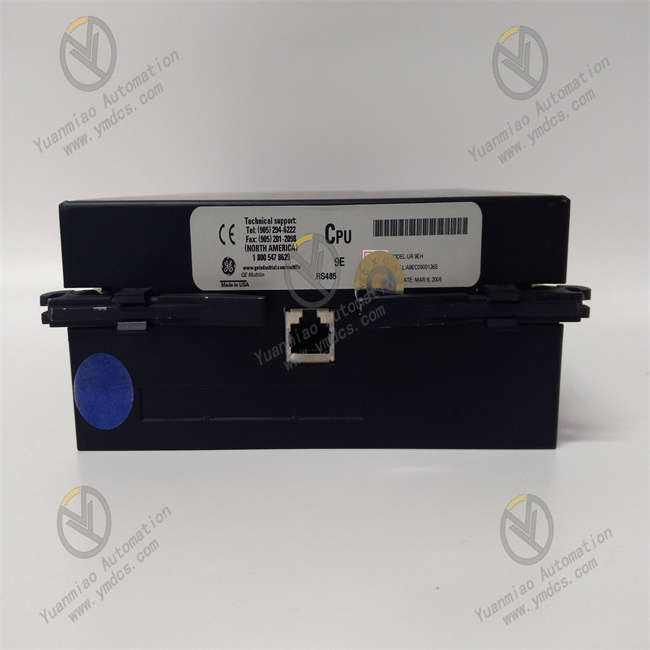
II. Functional Features
Comprehensive Protection Functions: UR9EH is equipped with rich and advanced protection functions, which can deal with various power equipment faults. It can quickly identify and respond to both common electrical faults such as overcurrent, overvoltage, undervoltage, overfrequency, and underfrequency, and special fault types such as differential protection, zero-sequence protection, and ground fault protection through built-in high-precision algorithms. When a fault occurs, it can promptly issue trip commands or alarm signals to effectively prevent the spread of the fault, minimizing losses caused by equipment damage and power outages. Meanwhile, the protection parameters can be flexibly adjusted according to the characteristics and operating conditions of different equipment, adapting to diversified application scenarios.
Comprehensive Protection Functions: UR9EH is equipped with rich and advanced protection functions, which can deal with various power equipment faults. It can quickly identify and respond to both common electrical faults such as overcurrent, overvoltage, undervoltage, overfrequency, and underfrequency, and special fault types such as differential protection, zero-sequence protection, and ground fault protection through built-in high-precision algorithms. When a fault occurs, it can promptly issue trip commands or alarm signals to effectively prevent the spread of the fault, minimizing losses caused by equipment damage and power outages. Meanwhile, the protection parameters can be flexibly adjusted according to the characteristics and operating conditions of different equipment, adapting to diversified application scenarios.
Precise Measurement and Data Management: It has high-precision measurement capabilities, which can collect key electrical parameters in the power system in real-time, including current, voltage, active power, reactive power, power factor, frequency, and electric energy. The measured data not only provides an accurate basis for the protection function but also can track the operating status of the equipment for a long time through perfect data recording and storage functions. Operation and maintenance personnel can use these data for trend analysis and performance evaluation, providing strong data support for equipment maintenance and system optimization, and improving the operating efficiency of the power system.
Flexible Communication and System Integration: It supports a variety of mainstream industrial communication protocols, such as Modbus, DNP3.0, IEC 61850, etc., and can achieve seamless data interaction with SCADA systems, human-machine interfaces (HMI), PLCs, and other equipment. Through the communication interface, operations such as remote monitoring of equipment operating status, modification of protection parameters, and uploading of fault information can be realized, facilitating the construction of a centralized power monitoring and management platform, and improving the automated management level and operation and maintenance efficiency of the power system. Its modular design also makes integration with other equipment more convenient, and functions can be expanded according to actual needs to enhance the adaptability of the system.
Intelligent Self-inspection and Diagnostic Capability: It has a built-in perfect self-inspection and diagnostic mechanism, which can monitor the hardware status of the relay itself, the operation of software, and the integrity of external connection circuits in real-time. Once an abnormality is detected, such as power failure, communication interruption, sensor failure, etc., it will immediately issue an alarm through indicator lights or communication signals, and record fault information in detail, including the time and type of the fault, helping operation and maintenance personnel quickly locate and handle the problem, shortening the fault troubleshooting time, and improving the reliability and availability of the system. In addition, it is equipped with an intuitive human-machine interface, with an LCD display and operation buttons, facilitating on-site personnel to perform parameter configuration, status query, and other operations, which are simple and easy to understand.

III. Technical Parameters
Electrical Parameters
Power Input: It supports a wide range of AC and DC power inputs, usually 110-240V AC/DC, which can adapt to the power supply conditions in different regions and scenarios. It can still maintain stable operation when the power supply voltage fluctuates to a certain extent, ensuring the continuous and reliable operation of the equipment.
Rated Current: The rated current of the measurement and protection circuit is generally 5A or 1A, which can be flexibly configured through external current transformers (CT) to meet the current monitoring needs of different power equipment and adapt to power systems of various specifications.
Rated Voltage: The rated voltage of the voltage circuit is usually 100V (line voltage or phase voltage, determined according to the system wiring mode), which is adapted to the voltage signal transformed by the voltage transformer (PT) in the high-voltage system to ensure accurate measurement of voltage parameters.
Measurement Accuracy: The measurement accuracy of current and voltage can reach 0.2 class, and the measurement accuracy of power can reach 0.5 class, ensuring the accuracy and reliability of the measured data and providing a solid data foundation for protection and monitoring functions.
Electrical Parameters
Power Input: It supports a wide range of AC and DC power inputs, usually 110-240V AC/DC, which can adapt to the power supply conditions in different regions and scenarios. It can still maintain stable operation when the power supply voltage fluctuates to a certain extent, ensuring the continuous and reliable operation of the equipment.
Rated Current: The rated current of the measurement and protection circuit is generally 5A or 1A, which can be flexibly configured through external current transformers (CT) to meet the current monitoring needs of different power equipment and adapt to power systems of various specifications.
Rated Voltage: The rated voltage of the voltage circuit is usually 100V (line voltage or phase voltage, determined according to the system wiring mode), which is adapted to the voltage signal transformed by the voltage transformer (PT) in the high-voltage system to ensure accurate measurement of voltage parameters.
Measurement Accuracy: The measurement accuracy of current and voltage can reach 0.2 class, and the measurement accuracy of power can reach 0.5 class, ensuring the accuracy and reliability of the measured data and providing a solid data foundation for protection and monitoring functions.
Physical Parameters
Dimensions: It adopts a compact modular design, and its overall dimensions conform to the standard DIN rail mounting specifications. For example, the width × height × depth is approximately 145mm×180mm×130mm (specific dimensions are subject to the actual product), which is convenient for installation and layout in the control cabinet, saving installation space.
Weight: It is relatively light, usually around 1kg, which is convenient for transportation, installation, and maintenance operations, reducing labor costs and operational difficulty.
Dimensions: It adopts a compact modular design, and its overall dimensions conform to the standard DIN rail mounting specifications. For example, the width × height × depth is approximately 145mm×180mm×130mm (specific dimensions are subject to the actual product), which is convenient for installation and layout in the control cabinet, saving installation space.
Weight: It is relatively light, usually around 1kg, which is convenient for transportation, installation, and maintenance operations, reducing labor costs and operational difficulty.
Environmental Parameters
Operating Temperature: The operating temperature range is generally -25℃ to +70℃, which can operate stably in harsh industrial environments such as high and low temperatures, and is suitable for various scenarios such as outdoor equipment in cold regions and high-temperature workshops.
Storage Temperature: The storage temperature range is -40℃ to +85℃, which can withstand large temperature changes during equipment transportation and storage, ensuring that the equipment performance is not affected.
Humidity: It can work normally in an environment with a relative humidity of 5%-95% (non-condensing), has good moisture resistance, adapts to environments such as humid industrial workshops and outdoor distribution rooms, and prolongs the service life of the equipment.
Protection Level: The shell protection level is usually IP20, which is suitable for installation inside the control cabinet, can effectively block the entry of dust and foreign objects, protect internal circuit components, and ensure the long-term stable operation of the equipment.
Operating Temperature: The operating temperature range is generally -25℃ to +70℃, which can operate stably in harsh industrial environments such as high and low temperatures, and is suitable for various scenarios such as outdoor equipment in cold regions and high-temperature workshops.
Storage Temperature: The storage temperature range is -40℃ to +85℃, which can withstand large temperature changes during equipment transportation and storage, ensuring that the equipment performance is not affected.
Humidity: It can work normally in an environment with a relative humidity of 5%-95% (non-condensing), has good moisture resistance, adapts to environments such as humid industrial workshops and outdoor distribution rooms, and prolongs the service life of the equipment.
Protection Level: The shell protection level is usually IP20, which is suitable for installation inside the control cabinet, can effectively block the entry of dust and foreign objects, protect internal circuit components, and ensure the long-term stable operation of the equipment.
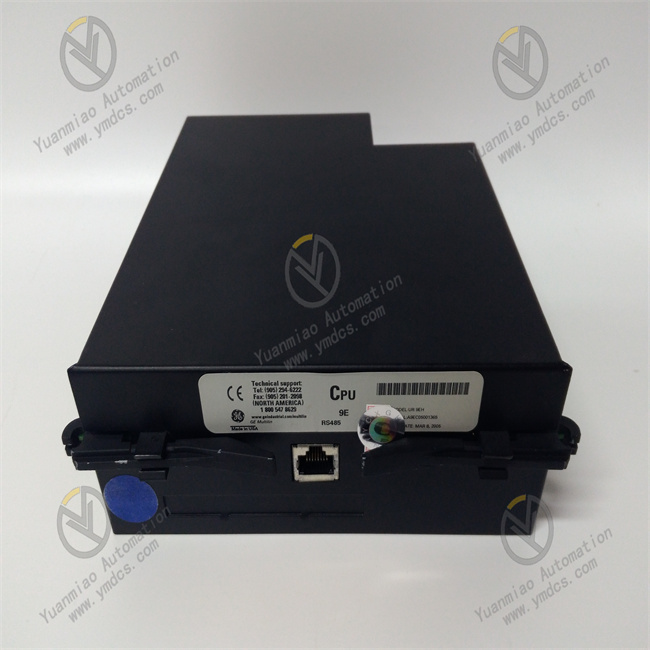
IV. Application Fields
Generator Protection: In thermal, hydro, wind, and other power stations, UR9EH can be used for the protection and monitoring of generators. It monitors parameters such as stator current, rotor current, terminal voltage, and frequency of the generator in real-time. When faults such as overload, short circuit, and loss of excitation occur, it acts quickly to remove the fault, protecting the safety of the generator. At the same time, it uploads operating data to the power plant monitoring system through communication functions to realize remote monitoring and management, ensuring the stable operation of the power generation system.
Generator Protection: In thermal, hydro, wind, and other power stations, UR9EH can be used for the protection and monitoring of generators. It monitors parameters such as stator current, rotor current, terminal voltage, and frequency of the generator in real-time. When faults such as overload, short circuit, and loss of excitation occur, it acts quickly to remove the fault, protecting the safety of the generator. At the same time, it uploads operating data to the power plant monitoring system through communication functions to realize remote monitoring and management, ensuring the stable operation of the power generation system.
Transmission Line Protection: In high-voltage transmission lines, UR9EH can monitor parameters such as current, voltage, and power of the line, and realize functions such as overcurrent, distance protection, and pilot protection. When faults such as short circuits and grounding occur in the line, it acts quickly to isolate the faulty line, preventing the fault from affecting other lines, ensuring the safe and stable operation of the transmission network, and improving the reliability of power transmission.
Industrial Power Distribution System: In the power distribution system of industrial enterprises, UR9EH can be used to protect equipment such as transformers and switch cabinets. By monitoring the operating parameters of the equipment, it protects against faults such as overcurrent, overvoltage, and short circuit, ensuring the stable power supply of the industrial power distribution system, avoiding production interruption caused by power faults, and improving the production efficiency of enterprises.
Rail Transit Power System: In the traction power supply system of rail transit such as subways and light rails, UR9EH can protect key equipment such as rectifiers and traction transformers. It monitors the operating status of the equipment in real-time and handles faults in a timely manner, ensuring the reliable operation of the rail transit power system, avoiding serious consequences such as train stoppage caused by power problems, and ensuring the safety and smoothness of rail transit.


